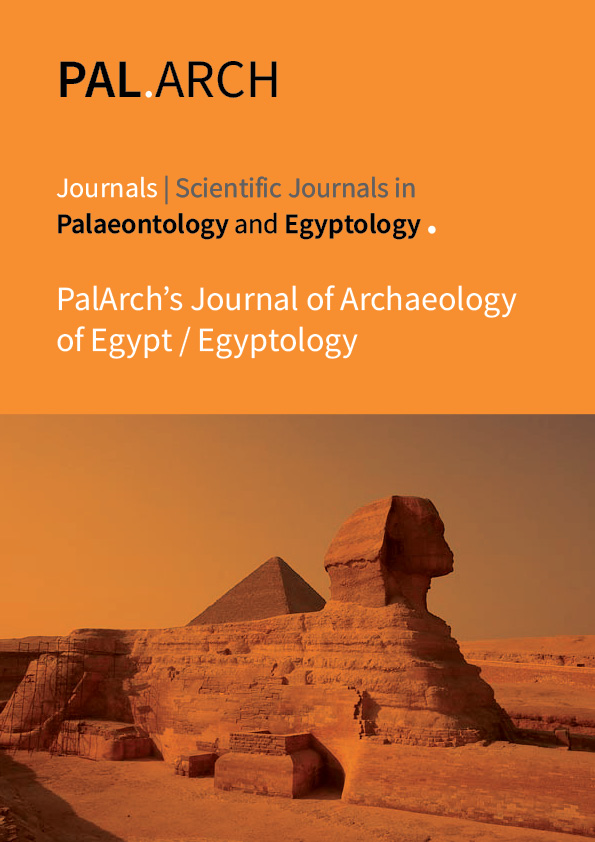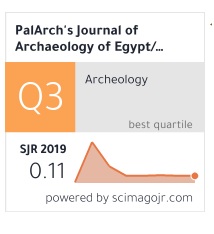SURVEYING THE BRIDGING SOCIAL CAPITAL AND FACTORS AFFECTING ITS BUILDING IN IRAN: CASE STUDY KERMAN CITY
Abstract
The present study is trying to evaluate the bridging social capital among the city of Kerman's citizens and identify local factors making this scope of social capital. Therefore, at first, we have dealt with identifying local factors as a means of evaluating social capital based on social conditions of the research situation, indexing and factors affecting its building among citizens of the city of Kerman, the qualitative categorization has been used in this context. The 15-year population of much of the city of Kerman comprises the statistical population. The population census of 534.441-people of the city of Kerman was carried out in 2020 Furthermore the sample size of 400-people is considered based on Cochran sampling formula. Putnam, Woolcock and Poortinga Models were used to make the theoretical framework of the research and formulate some hypotheses bases on it and its qualitative results, and then the path diagram set forth has been fitted through using Amos16 Software. Findings obtained indicate that:
Diverse factors lead into building the bridging social capital anticipated in the model. In this model, linking traits, value harmony and a sense of responsibility and altruism, which are derived from the qualitative study of research, are presented as independent variables. These variables have a covariance with each other. The variable of linking traits is of a direct impact of about 0.35 on bridging social capital; moreover, other independent variables are only related to the independent variable through the intermediary variables of the model.



